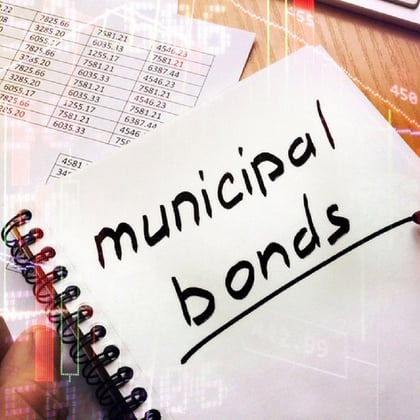What You Need to Know
- Through May 17, the Bloomberg Barclays Municipal Bond Index is up 0.51%, while the Agg is down 2.7%.
- The prospect of higher income taxes on high earners seems to be supporting munis, along with more fiscal stimulus.
- The $1.9 trillion American Rescue Plan provides $350 billion to state, local and tribal governments.
The municipal bond market is having a very good year, and its outperformance will likely continue.
Year-to-date through May 17, the Bloomberg Barclays Municipal Bond Index is up 0.51%.
This may not seem that great, but it far outpaces the performance of the Bloomberg Barclays Aggregate Bond Index, down 2.7% so far in 2021, and the Bloomberg Barclays Investment Grade Bond Index, off 3.55%, according to Cooper Howard, director of fixed income strategy for the Schwab Center for Financial Research.
Howard spoke with ThinkAdvisor Wednesday about the muni market’s outperformance and why it could continue despite their recent price gains over Treasuries thanks to trends in three areas.
1. Economic Factors
The Biden administration’s $1.9 trillion American Rescue Plan provides $350 billion to state, local and tribal governments to ease the economic impact of the COVID-19 pandemic, although the impact of the pandemic on state and local governments was not as bad as originally expected.
Though many workers, especially in lower-income jobs, lost employment benefits or pay, those with higher incomes were far less affected, according to Howard.
The better-than-expected rollout of COVID-19 vaccines in the U.S. is also supporting state and local economies.
All these developments support the credit quality of municipal bonds. State and local governments haven’t had to implement deep spending cuts, and the credit quality of munis has improved, Howard said.
There have been a number of upgrades of muni bonds. Most recently, Moody’s Investors Service’s upgraded outlook for $38.7 billion worth of New York City general obligation bonds, from negative to stable.
Moody’s also affirmed its Aa2 rating for the bonds. S&P revised its issuer outlook to stable across the board in the U.S. public infrastructure sector (including 185 debt ratings for 126 issuers), according to Goldman Sachs.
State and local governments still face fiscal challenges, such as unfunded pension plans, which were apparent well before the pandemic began. The dire forecasts anticipated for municipal debt in March 2020, though, never materialized, according to Howard.
2. Technical Factors
Supply and demand factors are also supportive of the muni bond market.









 May 18, 2021 at 05:32 PM
May 18, 2021 at 05:32 PM











